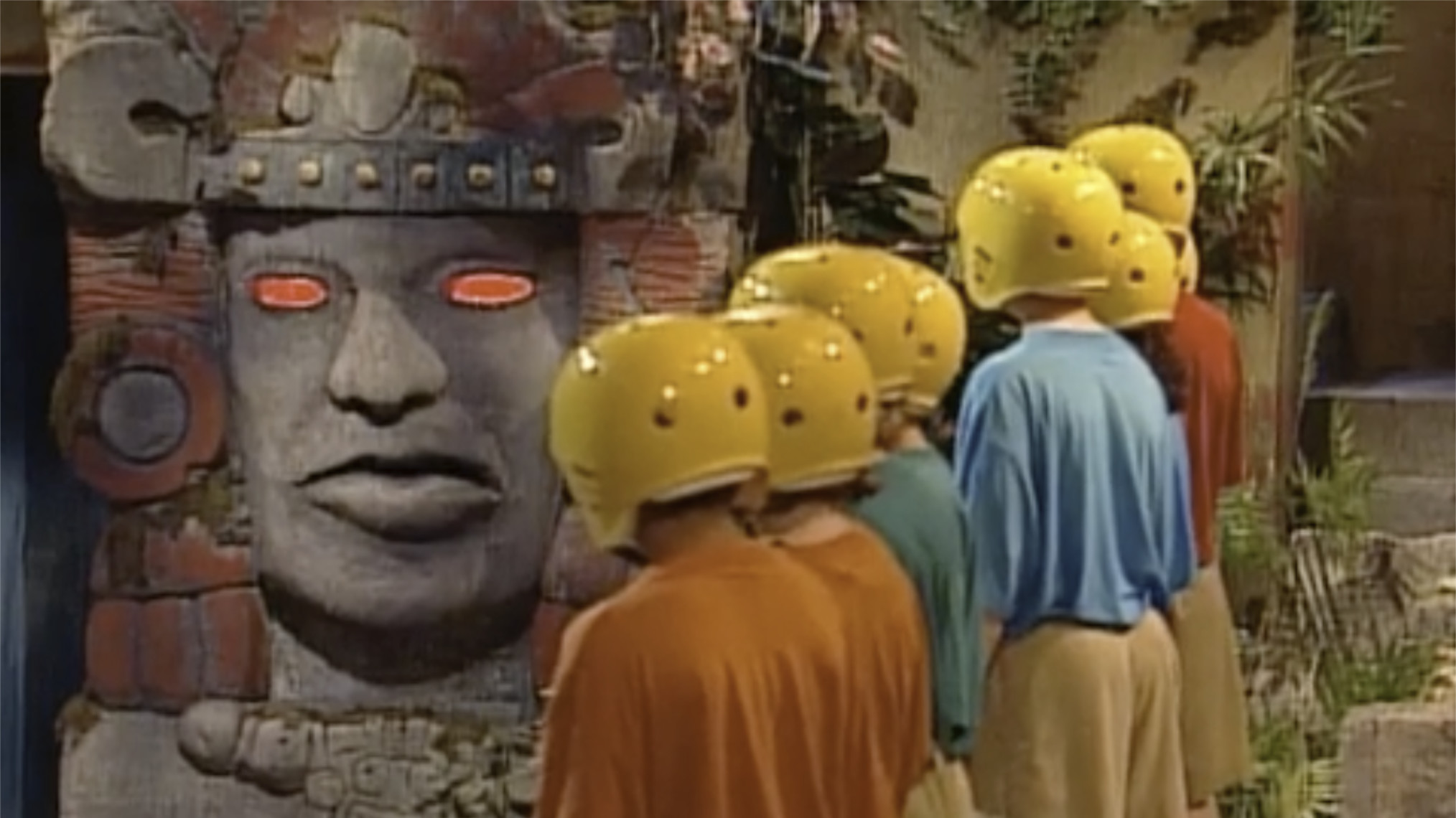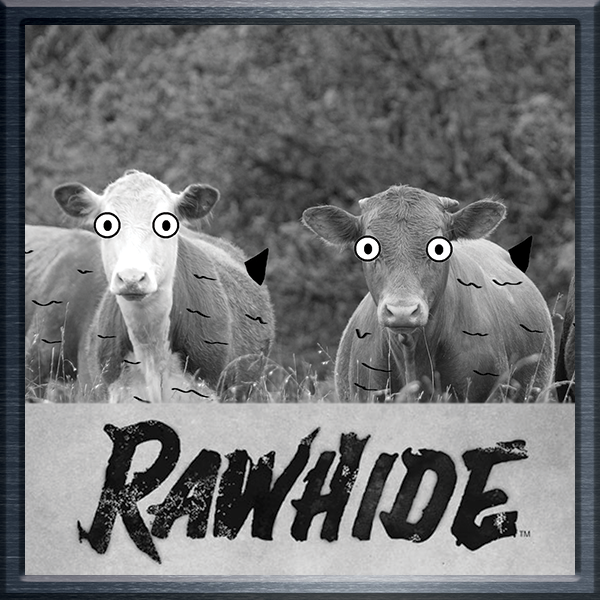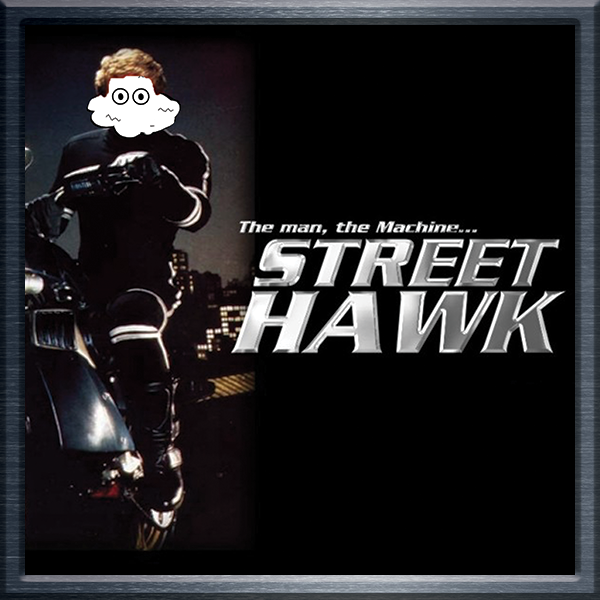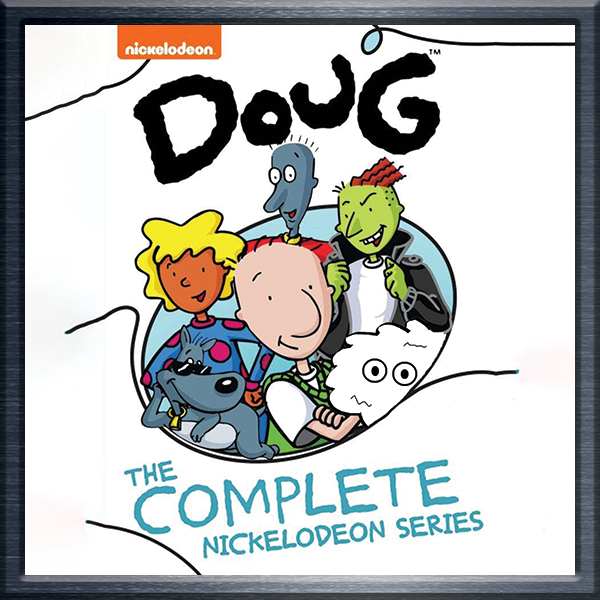All of us at Boob Tube HQ were positively entranced by the elaborate and crafty set design of Nickelodeon’s “Legends of the Hidden Temple” while watching episodes of the show for our award-winning* podcast. “Legends” may feel rooted in its time and place, and it may have intentionally dashed the dreams of children hoping to go on a Mexican cruise with their gross parents, but it represents an era of television many members of our generation cherish.
Watching the frantic action of LotHT, I couldn’t help but reminisce about other ‘90s game shows for kids, ones that didn’t go on to generate hundreds of episodes during which a stone head forces puns into abbreviated versions of tales from centuries ago. Let’s look back at a few promising properties that never quite found their home on network or cable TV despite significant financial backing.
*Boob Tube Boys won the 2021 Cat’s Choice award for Most Treats Dispensed
UFC: Ultimate Fighting Children (Fox, 1999)
Well into the 21st century, mixed martial artists such as Ronda Rousey and Conor McGregor are household names, but in 1999, the idea of varied combat sports was still repellent to many. Ultimate Fighting Championship (UFC) is the most famous MMA promotion in 2021, and despite a general air of controversy, the company was already on its way two decades ago. Looking to cash in on UFC’s burgeoning name while adding to his roster of children’s programming, Fox executive Cork Starkle floated the idea of “UFC: Ultimate Fighting Children” to his peers in late 1998. The show was enthusiastically given a green light and began airing in June 1999.
Each show featured a pair of kid fights comprised of two five-minute rounds, and rules were made to mimic those used in real MMA. “UFC: Ultimate Fighting Children” may have seemed like a good idea on paper, but Fox’s team overlooked a few crucial details. For starters, the show neglected to include weight classes, resulting in a few disturbingly one-sided matches.
“I don’t like to talk about it too much these days, but that fucking show is how I lost both my right ring finger and my copy of the Korn CD Issues,” says Danny Boyton, a former contestant, now 34. “They put me in there with a big bully kid named Sledge Crummell, and he was already a dense and hungry 225. [Crummell] must have already been working out or something; it was bonkers.”
Fox also scrimped on catering, offering only dinosaur shaped chicken nuggets to contestants before their matches, a move that led to more than one surprise vomit during competition. Perhaps most importantly, Fox overestimated the public’s desire to watch two children physically ruin one another. Early reviews of the show called it “abhorrent,” “Lord of the Flies but meaner,” and “an affront to the concept of civilization.” The show was canceled that autumn.
Bloogle’s Oodles of Cheer (Disney, 1994)
While plenty of children’s shows were edging toward more subversive material in the 90s, Disney instead sought to double down on traditionally wholesome content when it unveiled “Bloogle’s Oodles of Cheer” to audiences in 1994. The show featured Bloogle, a blue and orange dog (?) rendered in early computer graphics, sitting in a semicircle with a group of children, sharing positive affirmations with them.
“It seemed like a can’t miss concept for us at the time,” Disney CEO Satan told MTV.com in 2002. “We knew the show would be boring and awful, but we also thought it was so milquetoast, so bland, that it couldn’t help but wind up on televisions across the country once parents were sick of dealing with their ugly little kids.”
Satan may have been correct that his company’s show was inoffensive enough to garner the eyeballs of the lowest common denominator had it not been for the show’s centerpiece, the titular Bloogle, and the public’s reaction to it. While it was understandable for Disney to want in on computer animation in 1994, “Bloogle’s Oodles” was not given the budget or staff that the hit film Toy Story would receive the following year. Bloogle often appeared to have as many as seven limbs, its tongue sometimes descended from its left ear, and its speaking voice was described by one-time show guest Bobby Spill as “Brad Garrett-ish.” When the character moved across the screen, the motion was less a walk or trot than a halting lurch that seemed slightly behind the frame.
“I can’t tell you how many kids we had crying at the tapings, how many angry letters we got from parents saying their kids couldn’t sleep at night after watching “Bloogle” on TV,” Satan told us when reached for comment. “Obviously I fucking love that shit, kids losing their awful little minds. It’s my favorite. But my shareholders weren’t thrilled about the return on investment.”
Satan and Disney were forced to pull the plug after the show’s initial 12-episode order.
Taxicab Confessions Junior (HBO, 1997)
“Taxicab Confessions Junior” was another half-considered attempt at cashing in on the popularity of a successful show for adults. The HBO reality endeavor “Taxicab Confessions” had begun two years prior in 1995, its hidden camera style giving audiences a voyeuristic experience that caught on quickly. Witnessing strangers reveal their innermost secrets to the person transporting them was a secret thrill that often provided those who watched with raunchy surprises.
“We really thought we had something enticing with ‘TCJ,’ but I guess we hadn’t really considered the differences between a drunk adult’s confessions and, uh, what a 12-year-old might say to a cab driver,” former HBO employee Cheriston Richmond said in a 2012 interview with Clunk magazine.
Richmond was right. The show’s folly was apparent almost immediately in the pilot episode, as the first segment featured middle schooler Timmy Torfelton asking his driver what his favorite flavor of Gushers was and then repeating “I know you are, but what am I?” after every response he received. Things didn’t improve as the season went on, as the show’s bombshell reveals only ranged from “I think Ms. Porter is a butthead” to “Snorlax is for boys with cooties.”
“TCJ” only sent six episodes to air, its other six remaining a mystery to those unwilling to track down copies of the original tapings. While one of those episodes did feature a more serious confession, Richmond says it was still far from what an audience would want to see. “We had this one kid, Suzie Nasterman, who told her driver about how her dad was cheating on her mom with both the mailman and me at the same time behind his wife’s back,” Richmond told me candidly over the phone. “It ruined a lot of lives. Mine. Certainly mine.”
Booger Race (Nickelodeon, 1995)
Nickelodeon may have been founded in 1977, but it was not until the wild ‘90s that the network took hold of alternative children’s programming and earned its place in the cable pantheon. Animated shows like “Rugrats” and “Ren and Stimpy” were a breath of fresh air to young audiences tired of watching Saturday morning cartoons, while live action game shows called “You Can’t Do That on Television” and “Double Dare” gave kids a chance to see their peers compete in games and skits with a quirky bent.
Nick’s style caught on like wildfire, and before long everyone wanted a piece of what the network was doing. “It was such a distinct look and feel for the time. On one channel you have lame-ass ‘Barney,’ and over on Nick you have dragon puppets, giant noses with flags in them, and the goddamn Aggro Crag,” noted linguist Noam Chomsky told The New England Journal of Medicine in a 2002 interview.
Competitors were not the only ones looking to cash in on Nick’s newfound success. Nickelodeon employee Ace Snyder thought there was room to take the Nick brand further in the gross-out gag direction, and proposed the action and adventure show “Booger Race” to his bosses in the fall of 1994. “Some people have called me ahead of my time, but I wouldn’t necessarily say that myself,” Snyder smirked in the 2014 Netflix series “When Nick Went Nuclear.” “To me it was just the obvious call. If people like noses and slime and Alex Mack, why not give them more. MORE MORE MORE!”
More was indeed what Nickelodeon gave its viewers, as “Booger Race” was an assault on the senses. The show’s games had no clear rules, its host was an animatronic Chester Cheetah with a Surge t-shirt on, and the amount of bodily fluid jokes was off-putting to everyone but Snyder. “Pussies,” Snyder chided bluntly in “When Nick Went Nuclear.”
One contestant reported dislocating his shoulder in the Fart Pit, while another said she had her backpack stolen while competing in one of the show’s mini games cryptically titled Drink Crayon Shavings and Milk Out of a Litter Box. The show was already on the brink of cancellation when Nickelodeon executive Pete learned that Snyder had instructed his show’s staff to make all of the stage boogers out of real boogers.
“That’s when I called up my brother Pete who was running the division with me at the time and said, ‘this has to stop, and it has to stop now,’” Pete offered in a talking head clip that aired right after Snyder’s in the same Netflix documentary. Pete canceled the show personally, dismissing Snyder with a sizeable severance package after the disgraced showrunner called him “a nerdlinger.”
Cannibal Corpse Presents: Geography Sacrifice (PBS, 1998)
Long a leader in free, educational viewing material for kids, PBS decided it was time to shake up its tried-and-true formula in 1998. New programming director Baxter Friendsworth was about one year into his tenure with PBS when his daughter came home from school bemoaning how dull her spelling and geography bees were each year. “Amethyst was making what I thought was such a good point, which is that it was time for a maverick to shake things up in the world of children’s memorization contests. The underground bee scene had been clamoring for a change since I could remember, and hearing complaints about the current industry standard from my own daughter was the impetus I needed to get the ball rolling,” Friendsworth told the long defunct online publication “Bee’s Knees” in 2018.
Baxter Friendsworth wanted PBS to develop an edgier alternative to the standard National Spelling Bee audiences saw on ESPN Nerd every spring, and he hand selected a development team to speed up the show’s time to air. Unfortunately for Friendsworth, a busy family life and a rack full of unwatched “Antiques Roadshow” video cassettes kept him from checking up on his team’s vision. “I was thinking we would have some breathtaking new set design elements no knowledge bee ever had before, maybe neon colors and a big decal of a shark with sunglasses reading a map. You know, something to make ‘Big Bee’ shake in its boots. At that time, I had no clue David was in talks with Cannibal Corpse,” Baxter elaborated in the same 2018 interview.
David Phillips, known in some circles as “Tearbringer,” was Baxter’s protege at PBS thanks to their shared love of handmade looms and Phillips’ dogged work ethic. A longtime fan of extreme metal in all its forms (doom, death metal, black metal, Max Rebo-core), Phillips thought the New York band Cannibal Corpse was exactly the host a more subversive children’s knowledge bee needed to stand out.
“For me, if we were going to do this, we were going to do this,” Phillips told an underground magazine called “The Fortnightly Skull of the Fetid Interloper” in response to Baxter’s public comments. “Any kid can tell you where Honduras is, but I haven’t met many kids who can tab out all the parts on Tomb of the Mutilated. Each and every year I’d watch that spelling bee shit on cable and think to myself, ‘not one of these little picket fence fucks has ever attended a Blood Rite of the Moon Solstice conference; all their yuppy moms and dads have them out learning how to add numbers together like sheep,’” Phillips added in a CBS News interview as he tossed his straightened, dyed black hair over his frail shoulders and began headbanging softly to himself.
Within one month, the letters and calls to end “Geography Sacrifice” were overwhelming PBS staff workers. The weekly show was centered around a straightforward geography bee with six children from across the United States competing to win funding for their school, a pizza party, and a school assembly featuring the Christian weightlifting and ice punching group The Power Team. The set was not colorful as Baxter envisioned, but rather obscured in darkness with the only light provided by 13 human skulls containing homemade wax candles dipped in pig’s blood. The band Cannibal Corpse hosted the show as planned, though vocalist George “Corpsegrinder” Fisher’s guttural howls were unintelligible and, in many cases, traumatic for the show’s fifth grade contestants.
The show confused child and adult viewers alike, and it was canceled six weeks into its run. “Until my last breath, I’ll believe that show should have been a hit,” David “Tearbringer” Phillips told the “Murder Brunch” e-zine last summer. “I have no idea what went wrong, or if some of that fat cats down at the main office set me up.” When contacted by “Murder Brunch” for his comment on the story, Baxter Friendsworth replied only with a curt, “I lost my children in court.”



